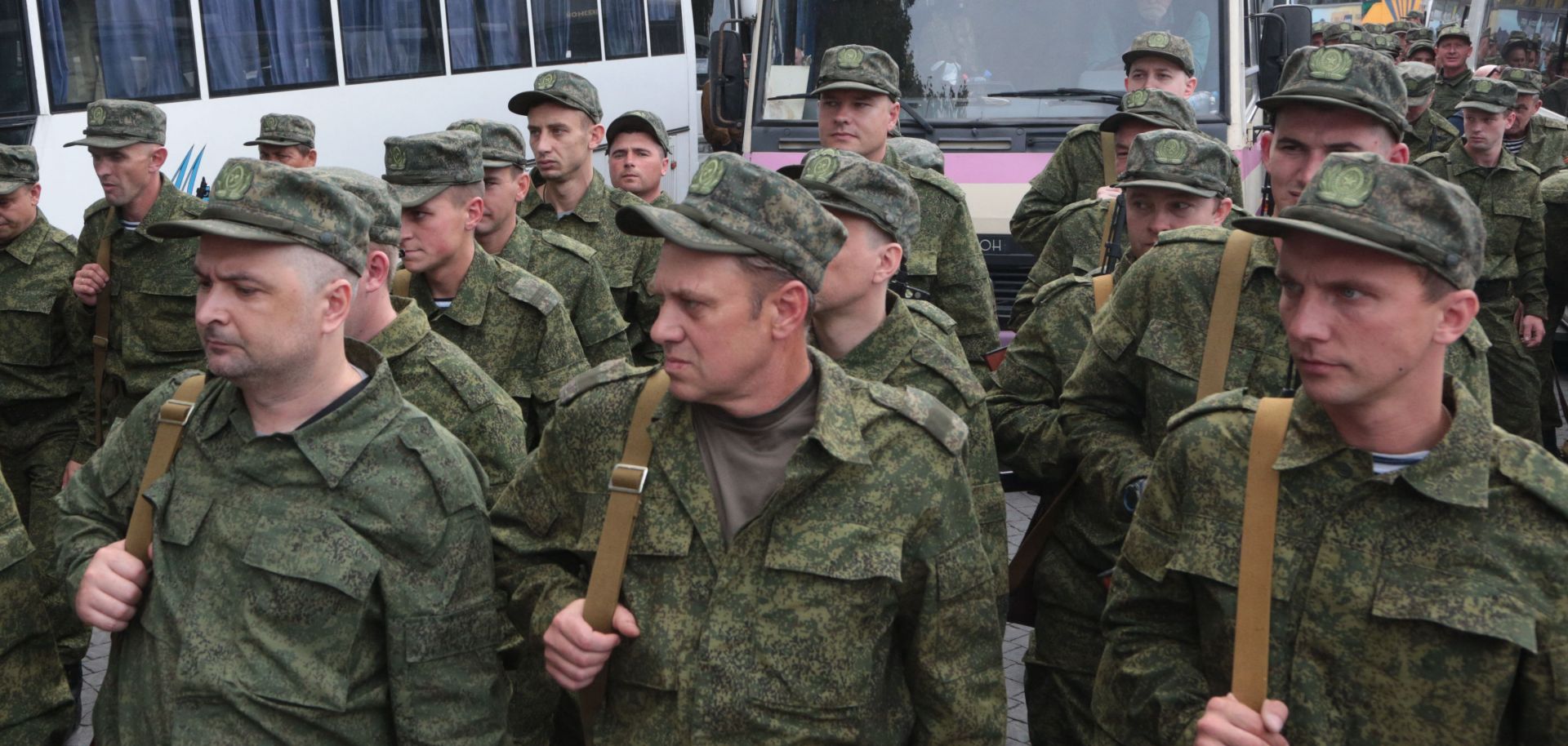Russia's mobilization will create near-term economic strains while worsening its long-term economic outlook, adding to demographic challenges and brain drain, and leading to major workforce reductions and internal migration. On Oct. 4, Russian Defense Minister Sergei Shoigu said 200,000 people had already been drafted into the armed forces as part of Russia's ''partial mobilization'' to call up 300,000 reservists with previous military experience to deploy to Ukraine. The same day, however, reports citing officials in the Russian presidential administration stated that approximately 700,000 Russians had left the country in the two weeks since the Sept. 21 announcement of the mobilization. The exodus, which has caused long lines at nearly all of Russia's land borders, has persisted amid reports that some of the freshly mobilized troops have received minimal training and poor equipment before being sent to the frontlines, and that the 300,000 figure is merely the initial target for the...

